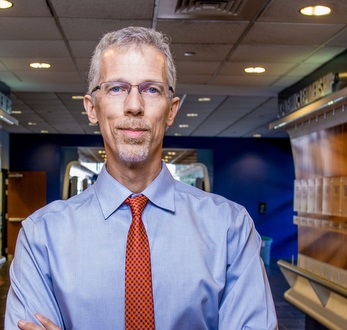Growing numbers of young adults on the autism spectrum
By Paul Shattuck, MSW, PhD
Posted on
June 27, 2019
The U.S. Census Bureau estimates that the number of 17-year-olds in the U.S. was 4,210,248 in 2016.
The latest CDC report places the prevalence of autism among 8-year-old children at 16.7 per 1,000. A national survey of parents found an autism prevalence of 26.5 per 1,000 youth ages 12-17 years old.
Given the population estimate and prevalence rates, approximately 70,700 to 111,600 youth on the autism spectrum turn 18 years old each year. This adds up to between 707,000 and 1,116,000 youth on the autism spectrum entering adulthood over the next decade.
As the 2019 Autism CARES Act makes its way through Congress, it is important to remember that autism is a lifelong condition for most people. And the majority of a typical lifespan is spent in adulthood. However, adulthood is still the period of life we know least about when it comes to autism. Historically, only about 1-2% of all autism research funding has been devoted to understanding adult issues.
Our most recent National Autism Indicators Report documents how low-income and minority youth with autism face worse outcomes than peers. Autism occurs in children from all backgrounds. But the impacts of autism are not felt equally across all groups. Youth from poorer households have fewer choices for services, fewer opportunities for work experiences and generally worse outcomes across a wide range of indicators. Minority youth often face obstacles accessing needed care and experience worse outcomes in many realms.
Most notably, nearly half of teens on the autism spectrum live in households with incomes at or below 185 percent of the federal poverty level (about $47,600 for a household of four in 2019). One in four live in a home that receives at least one form of public assistance.
We must understand that many families parenting teens on the autism spectrum are also struggling to make ends meet while trying to navigate complex systems of care and get the help their children need. Moving the needle to improve young adult outcomes will require us all to acknowledge that we cannot disentangle helping youth from helping families - and that families have unique needs depending on their financial status.

Paul Shattuck, Ph.D., director of the Life Course Outcomes Research Program, studies experiences and services promoting positive life outcomes for people on the autism spectrum, their families and communities.